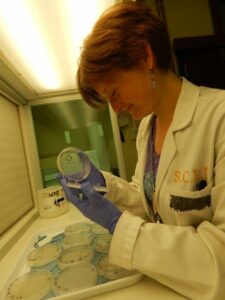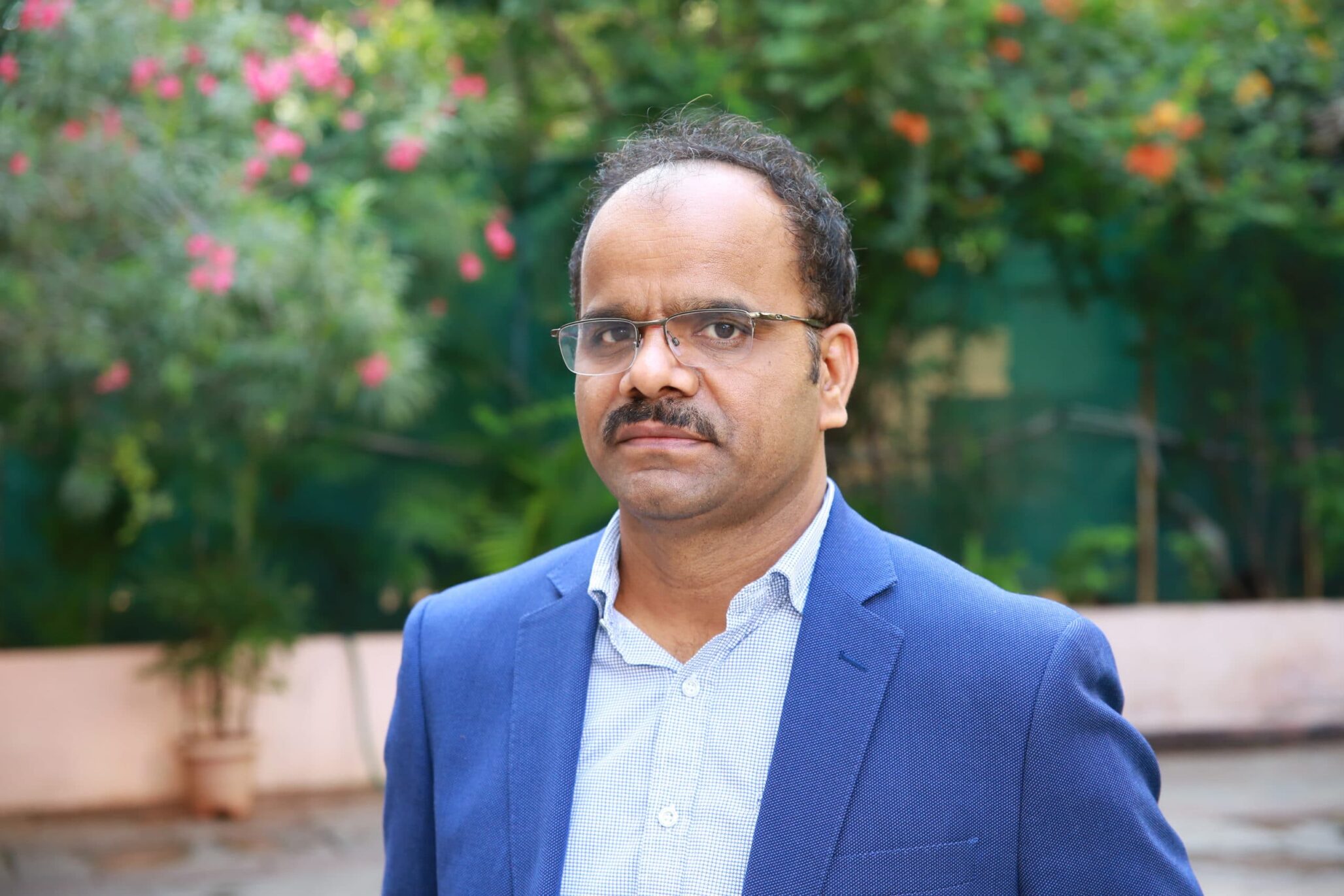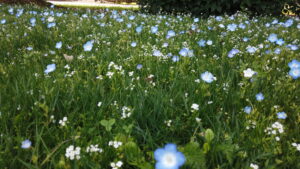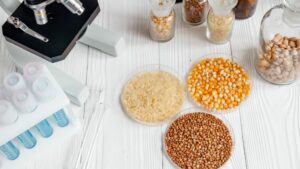A doctoral student at the University of Pavia in Italy and an early stage researcher within the 
The International Seed Testing Association had a chance to catch up with Dello Jacovo at its 31st Congress in Tallinn, Estonia, where she gave a presentation, “Perspectives on the conversation and restoration of native wild legumes: the biology and ecology of Astragalus, Oxytropis and Lathyrus species as models.”
ISTA: How and when did you first learn about ISTA?
EDJ: I have learned about ISTA from my colleagues, during the second year of my PhD, as an important organization for seed technology and seed quality control.
ISTA: How is ISTA concretely helping you in your daily job?
EDJ: I am studying seeds of wild legumes native of Scotland, trying to test techniques to improve germination and detect (forecast) seed quality. I use articles and protocols approved from ISTA to find techniques and methods for quality detection of my native legume species.
ISTA: How do you keep in touch with ISTA work? With ISTA community?
EDJ: I check news in the official website and read scientific articles published within the organization itself.
ISTA: Why did you decide to attend the ISTA Congress in Tallinn last June?
EDJ: I find it really attractive for the kind of work I was performing in that period, and also for the networking opportunities.
ISTA: Did you have an experience with ISTA prior to attending this meeting?
EDJ: No, this was my first occasion to get in contact and participate in an ISTA event.
ISTA: What are your main takeaways from this event?
EDJ: I got a lot of ideas and new knowledge to apply to my own research. … It was of great satisfaction to see that my work was interesting to an experienced public!
ISTA: Were you able to make some useful connections?
EDJ: Absolutely, I had the occasion to meet people that are working on my same issue. And it was great to share experience and suggestion for future experiments!
ISTA: Would you recommend students and young researchers attend similar events?
EDJ: Definitively, especially for any researchers that investigate seed science. Between the conferences that I have attended so far (as a seed researcher), I found the ISTA conference the most useful — for convergence of purposes and practical application on the investigation. Without excluding the great opportunity of networking with researchers that work very close to your own field!
ISTA: If ISTA should change/improve one thing, what would it be?
EDJ: I found out about ISTA during the second year of my PhD, and the reason for this is I work at a research institute that deals with a broad range of ecological and agricultural investigations. It might be useful to publicize ISTA works outside of the strict circles of seed science researchers. I see a lot of curiosity on seed science even in other fields, not strictly related to it. Plus, it would be a good opportunity to reach other research institutes.
ISTA: What is your vision for future in seed testing?
EDJ: The same as before, connection with field not strictly related with seed, especially with people working in agriculture improvement and crop quality. Make protocols and knowledge on seed science more accessible to a broader public.
ISTA: How about your own future?
EDJ: Finish my PhD, for now! And afterwards I will see … for sure keep the knowledge acquired in these years and apply for next restoration works.













